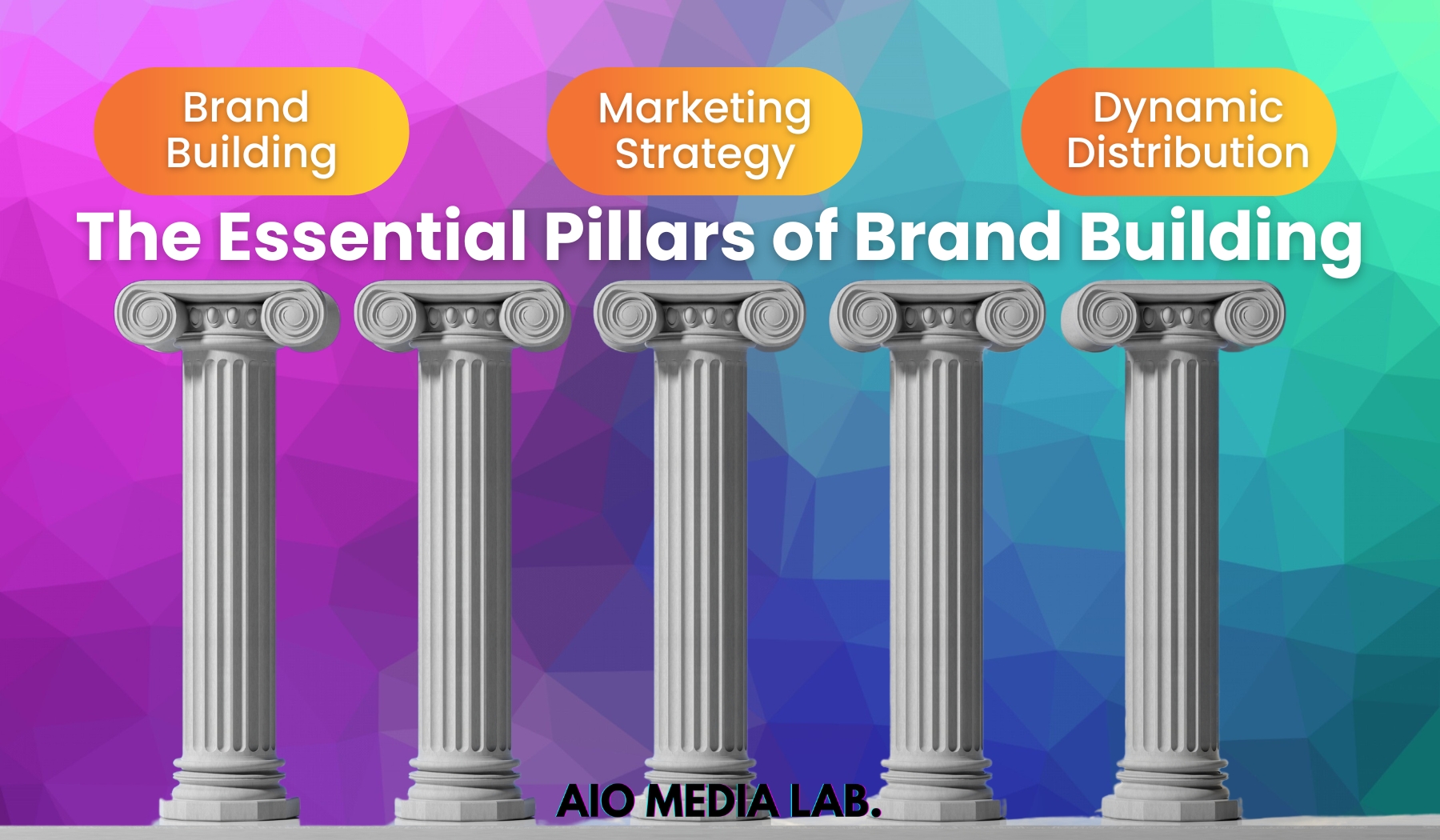In today’s competitive market landscape, brand strategies and brand building are critical for consumer brands and businesses aiming to stand out. A strong corporate identity and a clear mission are not just nice-to-haves; they are foundational elements that drive consumer loyalty and business growth. This blog post explores the three crucial pillars necessary for building a successful consumer brand: Brand Building, Marketing Strategy, and a Dynamic Distribution Model. Each of these elements is integral to ensuring long-term success in the market.
Introduction
In the dynamic world of consumer brands, the importance of robust brand strategies and effective brand building cannot be overstated. Establishing a strong corporate identity and articulating the brand’s mission are essential steps in creating a loyal customer base and driving sustainable growth. As competition intensifies across industries, businesses must leverage these elements to differentiate themselves and foster deep connections with their audience.
The three pillars
1. Brand Building
Brand building is the cornerstone of any successful consumer brand. This process involves creating a unique identity that resonates with the target audience. It encompasses everything from the brand’s visual elements—such as logos, colors, and packaging—to its core values and messaging. A well-defined brand helps consumers understand what the brand stands for and why it matters to them. This emotional connection is crucial, as it turns first-time buyers into repeat customers and brand advocates.
To build a strong brand, businesses must:
- Identify their unique value proposition: Understand what sets the brand apart from competitors and why customers should choose it.
- Develop a consistent brand voice: Ensure that all communications reflect the brand’s personality and values.
- Engage with the audience: Foster a community around the brand through social media, events, and other engagement activities.
2. Marketing Strategy
Once a strong brand foundation is established, an effective marketing strategy is essential to communicate the brand’s mission and value to the target audience. Marketing strategies should be dynamic, adaptable, and data-driven to keep up with changing market trends and consumer preferences.
Key components of a successful marketing strategy include:
- Targeted advertising: Utilize demographic and psychographic data to create highly targeted ad campaigns that resonate with the intended audience.
- Content marketing: Produce valuable and relevant content that attracts and retains a clearly defined audience, ultimately driving profitable customer actions.
- Social media engagement: Leverage social media platforms to build relationships with customers, provide customer service, and create a community around the brand.
- Community marketing: Create community events, launch parties, pop-up stores, where your actual audience can interact with the brand and actually see and feel the products. This is a proven way to engage directly with your communities, build an interactive relationship of customer and the brand , while building brand awareness to leverage long term customers.
3. Dynamic Distribution Model
A dynamic distribution model is the final piece of the puzzle. It ensures that the product is available to consumers where and when they need it. This involves creating an efficient supply chain and leveraging various distribution channels to maximize reach and sales.
A successful distribution model includes:
- Omnichannel presence: Ensure the brand is accessible both online and offline to meet customers wherever they are. While focusing on one channel is also a proven strategy for consumer brands, the necessary step to actually scale the sales is to be present in various channels and in-stores.
- Efficient logistics: Streamline operations to reduce costs, reduce as much friction as possible, create a steady supply chain and improve delivery times.
- Partnerships: Collaborate with distributors, retailers, and other partners to expand the brand’s reach and drive sales.
- Track and Reports: Actually track where products are sold, who is stocking the brand, what product or productline is a bestseller and create reports to improve sales.
Conclusion
In summary, every consumer brand needs three essential pillars to achieve long-term success: Brand Building, Marketing Strategy, and a Dynamic Distribution Model. Each pillar builds upon the other, starting with a strong brand identity, followed by effective communication of the brand’s mission, and finally, a scalable distribution model that ensures products reach the end consumer efficiently.
At AIO Media Lab, we specialize in partnering with consumer-focused companies and FMCG brands to build and market the brands successfully. Our expertise in brand building, marketing, and distribution ensures that your brand not only stands out in the market, but also achieves long-term growth, customer loyalty and finally great sales. Based in Ireland, we are dedicated to expanding your brand’s success both locally on the irish market and internationally. Let AIO Media Lab be your partner in creating a brand that thrives.







